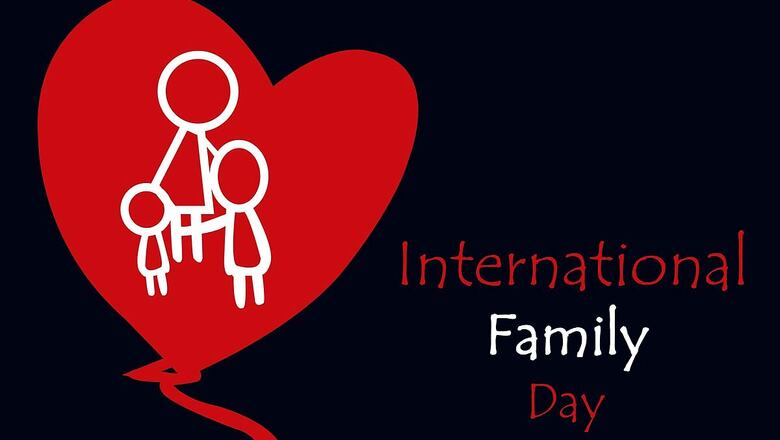
views
The United Nations General Assembly established the International Day of Family Remittances (IDFR) to be marked on June 16. The IDFR acknowledges nearly two hundred million migrant workers, including men and women, who transfer funds home to over 800 million loved ones.
This day emphasises migrant workers’ incredible perseverance in the face of economic insecurity, environmental and climate-related tragedies, and a worldwide pandemic. The IDFR is now recognised internationally and is an important project in the Global Compact for Safe, Orderly, and Regular Migration (Objective 20), which advocates for lower transfer costs and increased financial inclusion through remittances.
Significance
Remittances, often known as “cross-border person-to-person remittances of relatively small value”, are an essential lifeline for the impoverished world. Single remittances may be of “very minor value,” but their aggregate worth is three times that of worldwide government development support. Many general household requirements are met through remittances, which also encourage skill development and possibilities via education and business. These tools have a transformative impact on both homes and local communities, allowing many families to attain their “own SDGs.”
Covid-19 Effect
Over the last two decades, remittance flows have surged fivefold, acting as a counter-cyclical measure in recipient nations during economic recessions. COVID-19 has proven to be a stern test for global remittances. Early estimates of dramatic drops, on the other hand, vastly overestimated the robustness of remittance flows. According to a World Bank research, remittances would fall by only 1.6% in 2020, to US$ 540 billion from US$ 548 billion in 2019.
It is hardly surprising that these flows are so resilient. Remittances are the monetary component of the social bond that links immigrants to their relatives back home. As these inflows are in the billions, the average remittance of US$200-US$300 per month is what contributes most to households.
Digitalization of the Medium
The rapid use of digital technologies by migrant workers and their families was one of the most powerful drivers of formal remittances in 2020. Throughout these difficult times, remittance flowshave been bolstered by both internet and mobile digitization. Mobile remittances alone surged by 65% to US$ 12.7 billion in 2020.
Lockdowns and social distance restrictions facilitated this transition away from unofficial routes and the usage of cash for senders and recipients. Because digitalization is less expensive than cash transfers, it has increased the use of mobile money, improving the financial participation of migrants and their families.
Read all the Latest News, Breaking News and Coronavirus News here.











Comments
0 comment